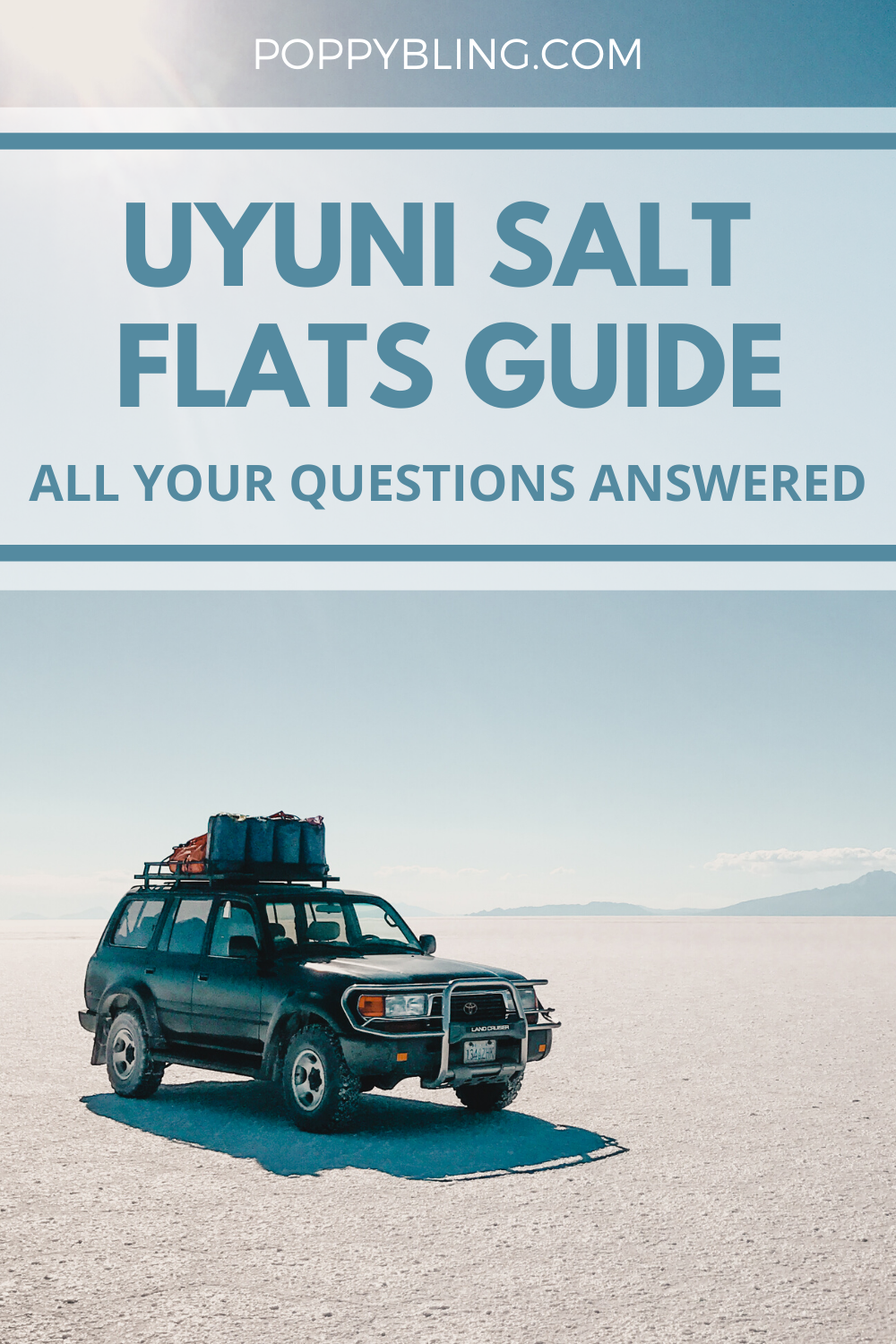Travelling to Salar de Uyuni (Uyuni Salt Flats) was one of my highlights in South America – I loved the experience of driving along the barren landscape and learning about the history of the region. Uyuni is home to the largest salt flat in the world (over 10,000 square metres of flat salty crust), but that’s not the only thing here to see – the area is full of rocky deserts, lagoons, mountains, volcanoes, hot springs and other incredible landscapes. In this post, I’ll answer some common questions about Uyuni, so you know what to expect when you visit.

Whereabouts is Uyuni Salt Flats?
The first thing to note about the Uyuni region is its remoteness. I’ll admit, I had no idea this was the case when I first decided I wanted to visit. While it’s a well-known tourist destination and bucket list item for lots of people, it’s not particularly close to any other destinations in Bolivia. It’ll take you around 10 hours to reach Uyuni town by bus, even longer by train. If you’re on a tight schedule and budget isn’t an issue, I would recommend flying into Uyuni. Flying from La Paz to Uyuni Airport will take less than an hour, which means you can spend those extra hours exploring more of the salt flats and the surrounding landscape. By the time I visited Uyuni, I’d already done several overnight bus rides around South America, so I chose to fly with Amaszonas Airlines. It’s also possible to visit overland from the Chilean and Argentinian – it’s reasonably close to both borders.
Uyuni has a small township where most people start their Salar de Uyuni adventure. There’s restaurants, hotels, hostels, and small shops in town.
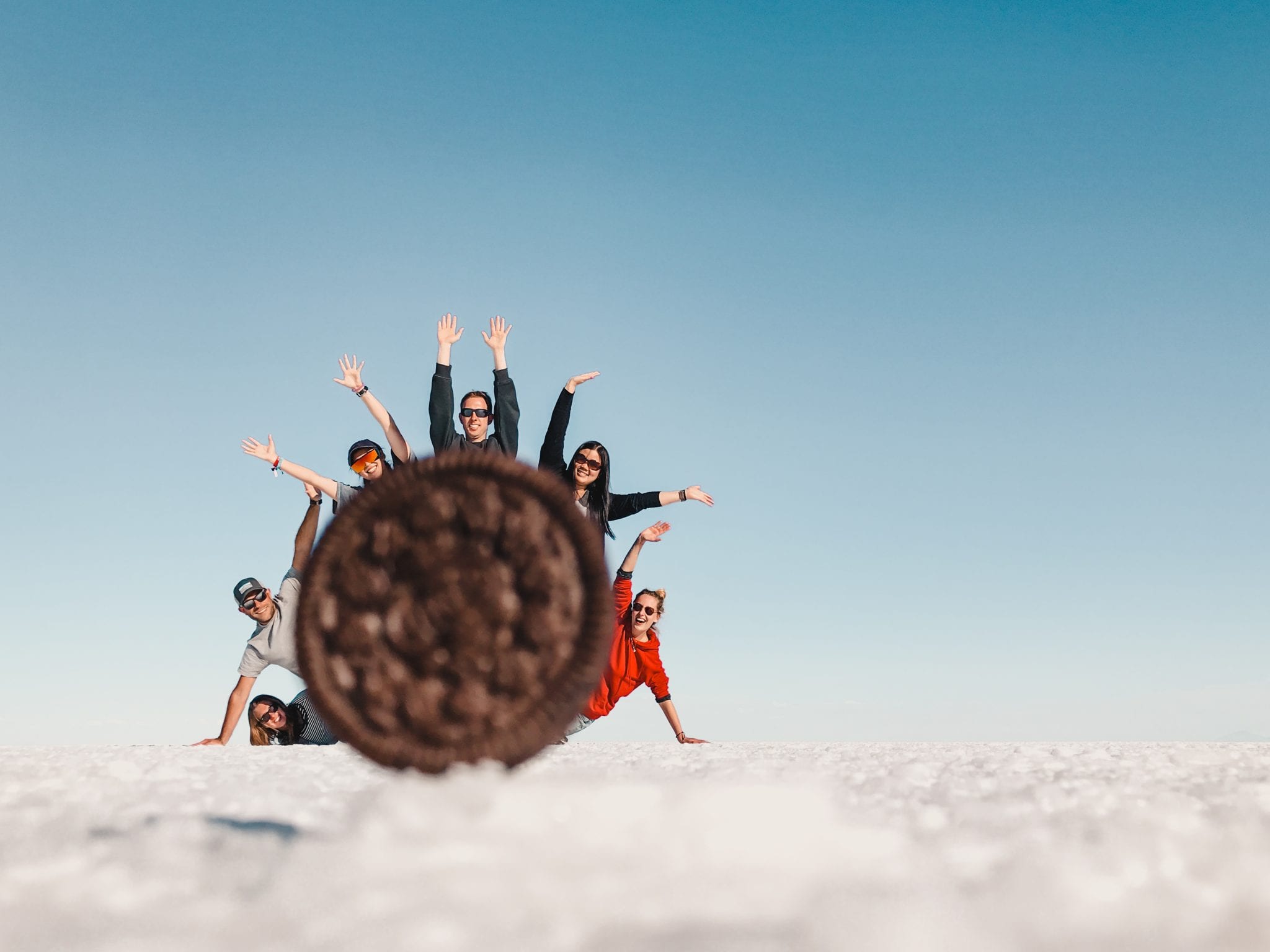
What’s the weather like in Uyuni?
Weather wise, expect hot and ridiculously sunny during the day (especially with the glare bouncing off the salt) and reasonably cold during the nighttime. Even though it’ll be warm and sunny, it’s a good idea to wear long loose-fitting clothing during the day to protect yourself from drying out like a raisin and sunburn. Pack warm clothes for at night.
Uyuni has a wet season and a dry season. If you plan to visit during the wet season, keep in mind that some areas of the salt flats and desert may not be accessible due to rain. That being said, you have far better chance of experiencing those beautiful reflections in the top layer of the salt flats (which isn’t always possible during the dry season). I visited in between seasons in April, which meant I got the best of both worlds.
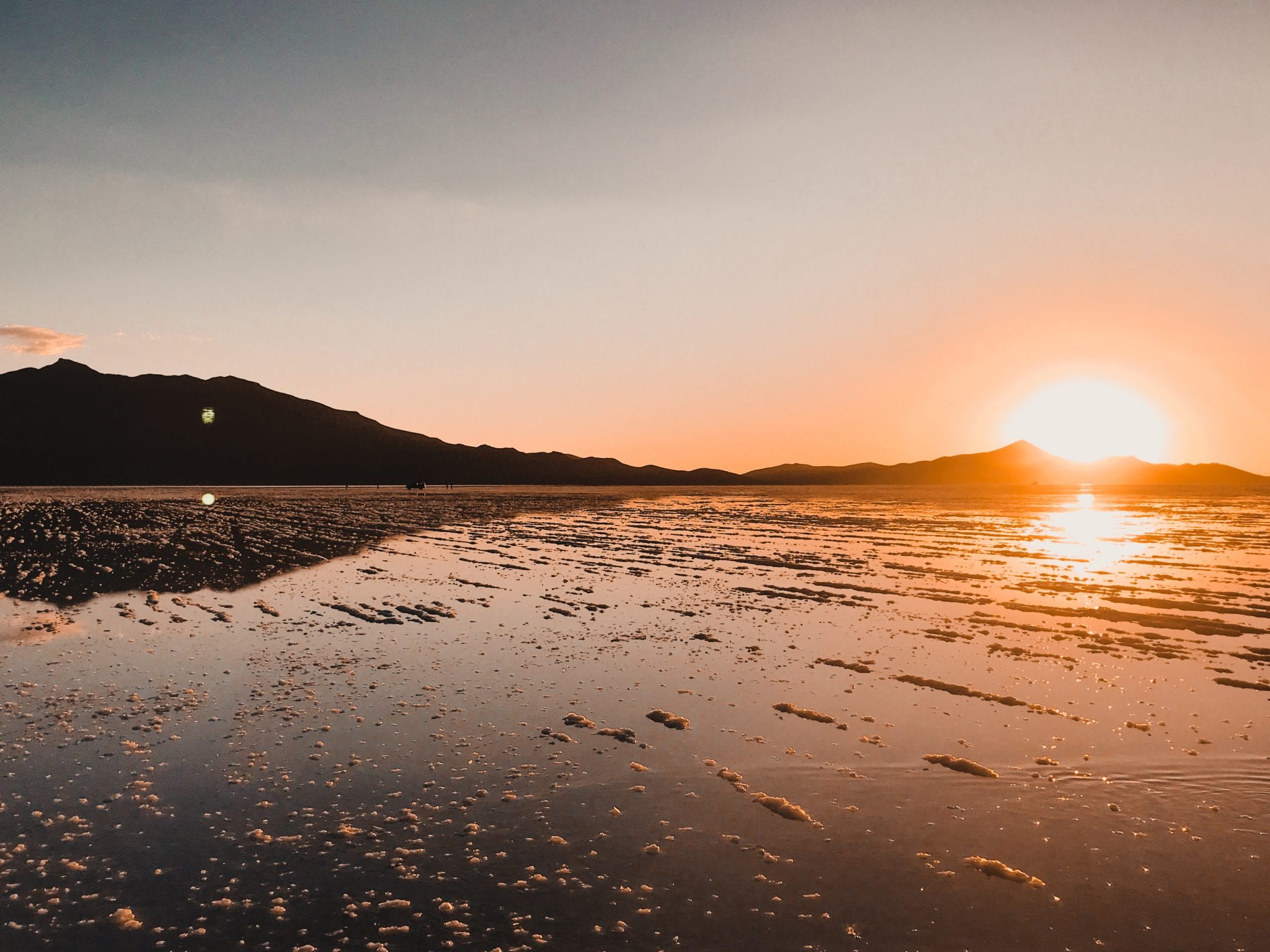
How long should I spend in Uyuni?
It’s totally possible to do a day trip to the Uyuni salt flats, but realistically it’s not enough time. You’ll see the main highlights of the incredible salt flats, but it will be rushed and you won’t be able to explore the surrounding desert area. If you’re going to spend the time or money getting out to Uyuni, you might as well make the most of it and see all the sights. I chose to do a 2 night/3 day tour, and I felt like it was the perfect amount of time to see everything and be comfortable with the altitude – if I visited it again I would make the same decision. It’s a good idea to arrive the night before your tour starts as most itinerary leave town early in the morning. There’s plenty of affordable accomodation options in Uyuni town.

How do I pick a good Uyuni Salt Flats tour?
Driving around Uyuni is not really doable by yourself – the rugged terrain and remoteness means you’ll need an expert to safely navigate through the area on a tour. Tourism is the main industry in the region, so you won’t be short of tour companies to choose from.
It’s really important to do some research and read reviews online before you book a tour. Look for reviews that mention well-maintained cars, as rust can be a big issue with all the salt. Drink-driving has been a known issue with some drivers, so look out for any reviews mention this as an issue too. It’s worth paying a bit extra for a company with a good safety record, as mechanical issues on the salt flats could potential be dangerous, especially in the wet season.
My research led me to booking my 2 night/3 day tour with Salty a Desert Aventours – they included airport pickup, had new cars, and I liked that they carried oxygen tanks for altitude sickness emergencies. I booked it all through whatsapp, and paid cash on arrival at the office in town.

Is it expensive to visit Uyuni Salt Flats?
Most Uyuni tours are quite affordable, considering they include guides, vehicles, meals and accomodation. Except to pay around 200USD for a 3 day/2 night tour. This doesn’t include park entry fees (which will be around 220 Bolivianos), tips for the driver or any other snacks or souvenirs you may wish to buy along the way. Make sure you have any cash you think you might need before you start your tour, as there’s no ATMs along the way. As a guide, 600 Bolivian Bolivianos will be plenty of spare cash for the time on your tour.
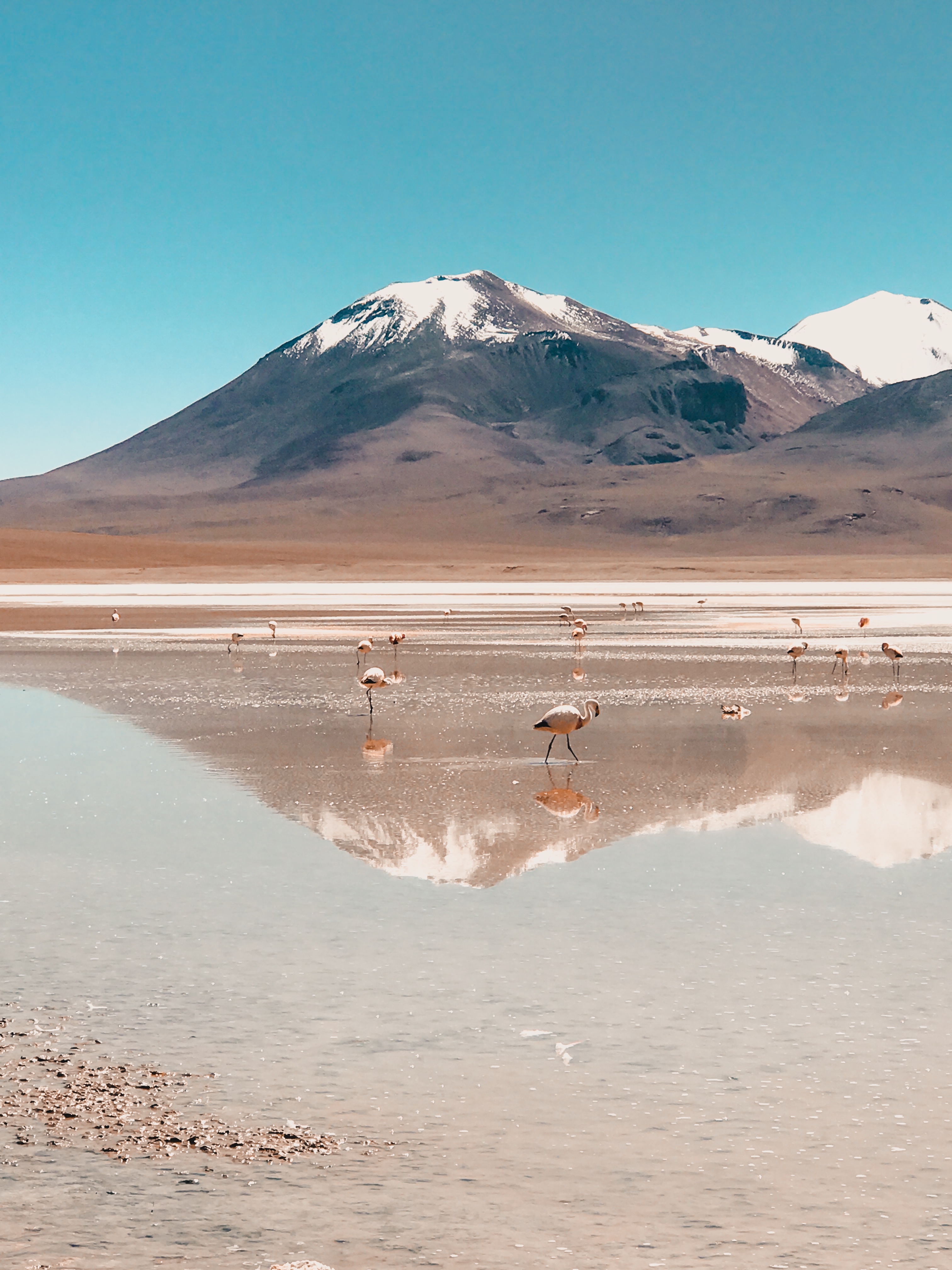
What should I pack when going to Uyuni?
Besides the usual things you’d pack for travelling, I’d recommend packing sunglasses, sunscreen, scarf and hat to shelter you from the sun, loose fitting clothing for day time, warm clothing for night time, a towel (accomodation doesn’t provide towels), swimming costume if you’d like to swim in the hot springs (definitely recommend!), plus any props you’d like to use for taking funny pictures on the salt flats. Depending on your tour and the time of year, you might need a sleeping bag as well.
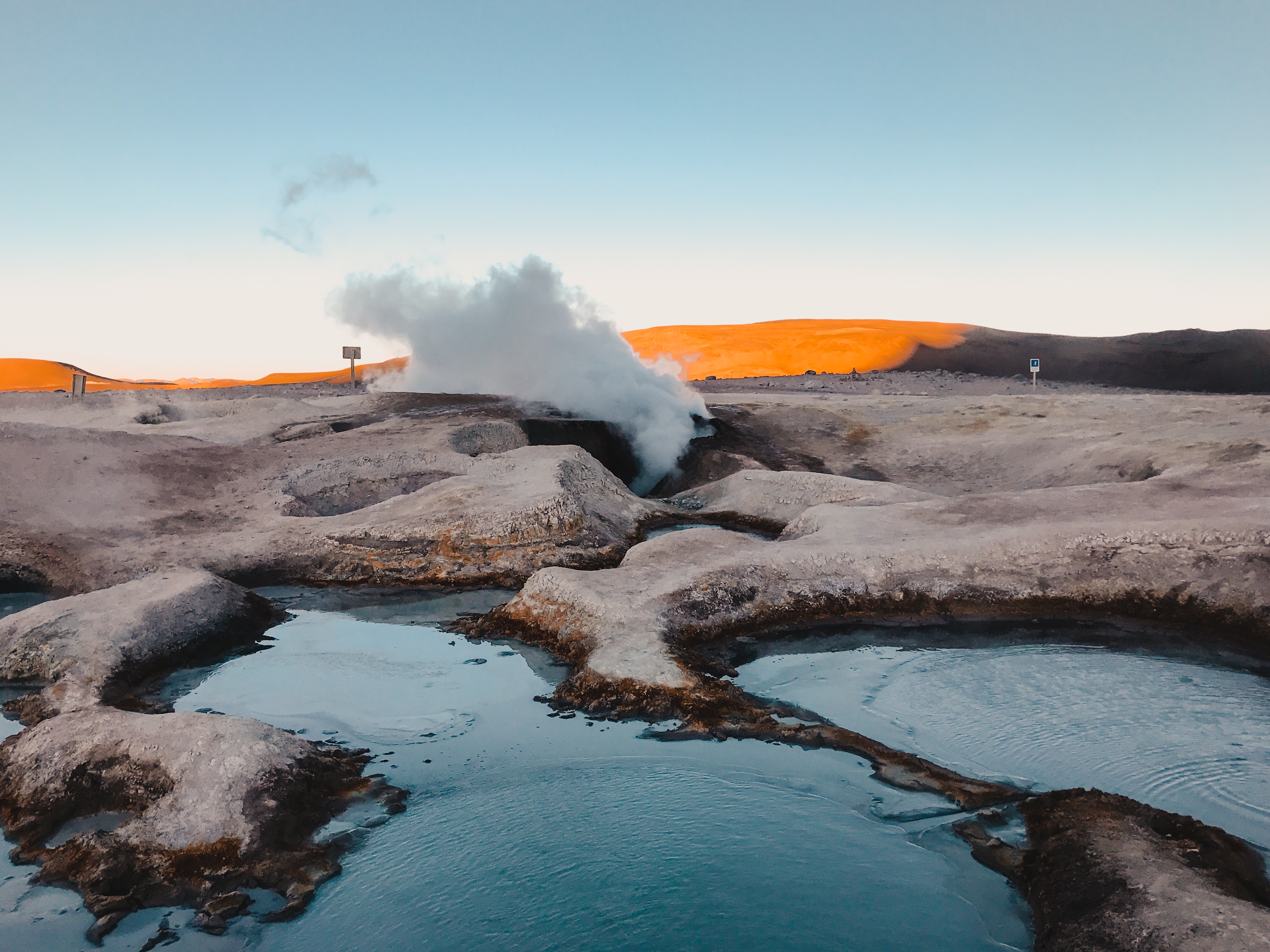
Should I worry about the altitude at Uyuni Salt Flats?
The biggest thing to watch out for is the altitude. Altitude sickness is REAL, and if there’s anywhere in the world it’s going to effect you, it’s here. It’s easy to dismiss the altitude because the ground is incredibly flat – it’s not like you’re climbing to Everest base camp or something. But be warned, it will creep up on you if you’re not careful! Look out for headaches, dizziness, tiredness, nausea, and difficulty breathing – they’re all normal signs of altitude sickness. If you’re worried about how you’ll cope, talk to your doctor before you leave home about medication for altitude sickness.
They say that being fit and healthy gives you better chances at coping with the rise in altitude, but this definitely isn’t true! You’ll go to areas on your tour where the altitude is over 16,000ft, and you’ll definitely feel it. The key is to build your tolerance to the higher altitude gradually over a few days. If you’re coming from somewhere with high altitude like La Paz, your body will already be reasonably comfortable, but even still you’re likely to experience some headaches and sluggishness.
Since you’ll be spending most of your time in Uyuni inside your vehicle, take it easy and do you best to keep the altitude sickness from overwhelming you. Drink lots of water and tell your guide if you’re feeling really unwell – they deal with altitude sickness all the time, so they’ll be able to help.

What can I expect to see in Uyuni?
Besides the famous salt flats, there’s tonnes of other things to see in the Uyuni region. Most tour companies will follow similar itineraries, and you’ll often find different tour companies using the same accommodation options at night.
Some of the stops included on the Salty Desert 2 night/3 day itinerary were:
Train Cemetery
Colchani Village
Uyuni Salt Flats
Ojos de Sal (Salt Flat Eyes)
Isla Incahuasi (Cactus Island)
Playa Blanca Salt Muesum
Altiplanic Lagoon
Red Lagoon
Árbol de Piedra (The Rock Tree)
Aguas Termales de Polques ( Hot springs)
Sol de la Mañana geyser
Salvador Dali Desert
Green lagoon
Licancabur Volcano
White Lagoon
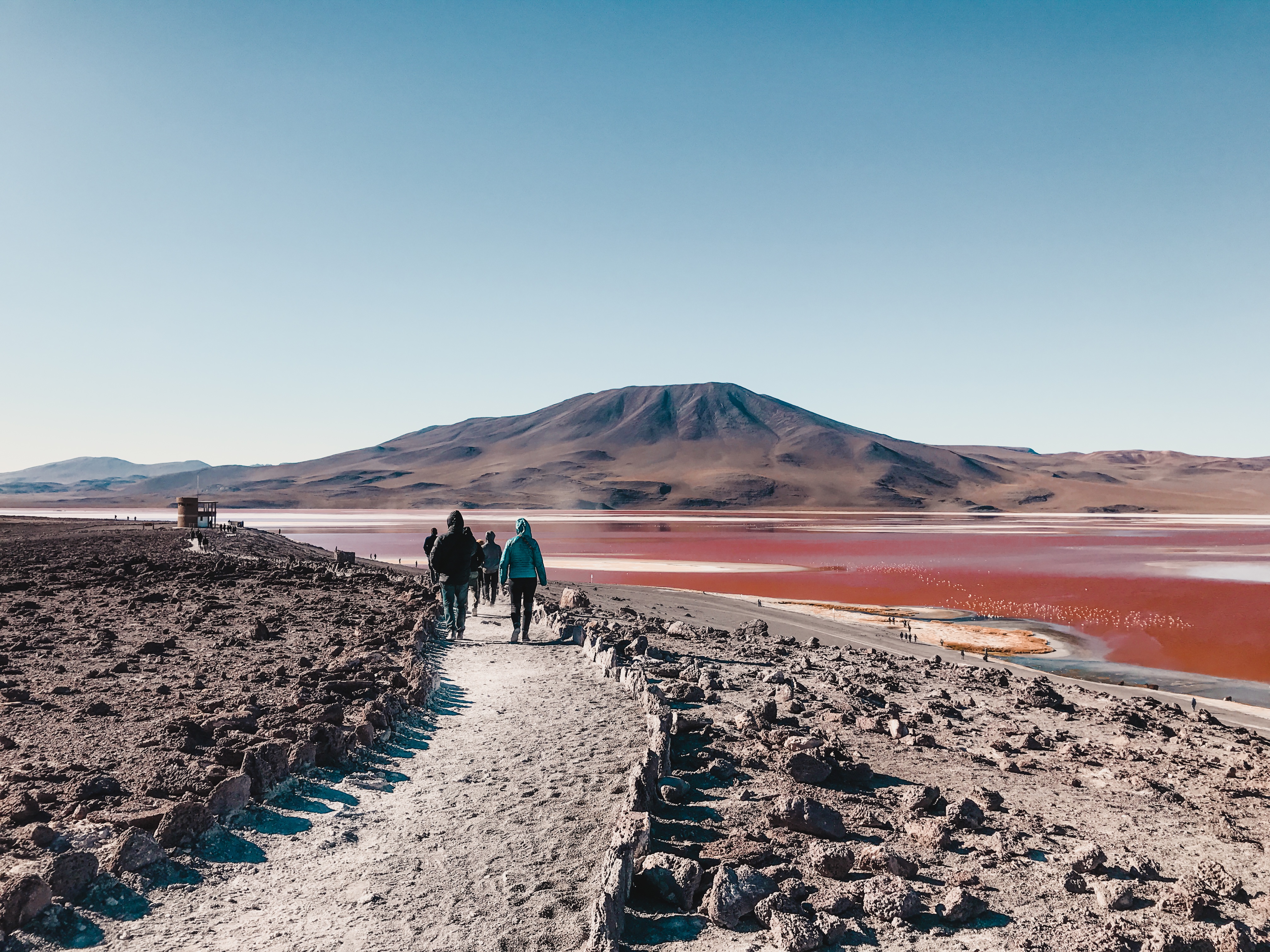
What’s the accommodation like at Uyuni Salt Flats?
The accommodation on Uyuni tours is in remote areas, so don’t expect luxury. If you’re accustomed to rugged adventures you’ll find it reasonably comfortable, if not then you’ll find it fairly basic. Not all accomodation has showers/hot water, and there are often shared bathrooms, so be prepared. That being said, the accomodation is clean and it does the job.
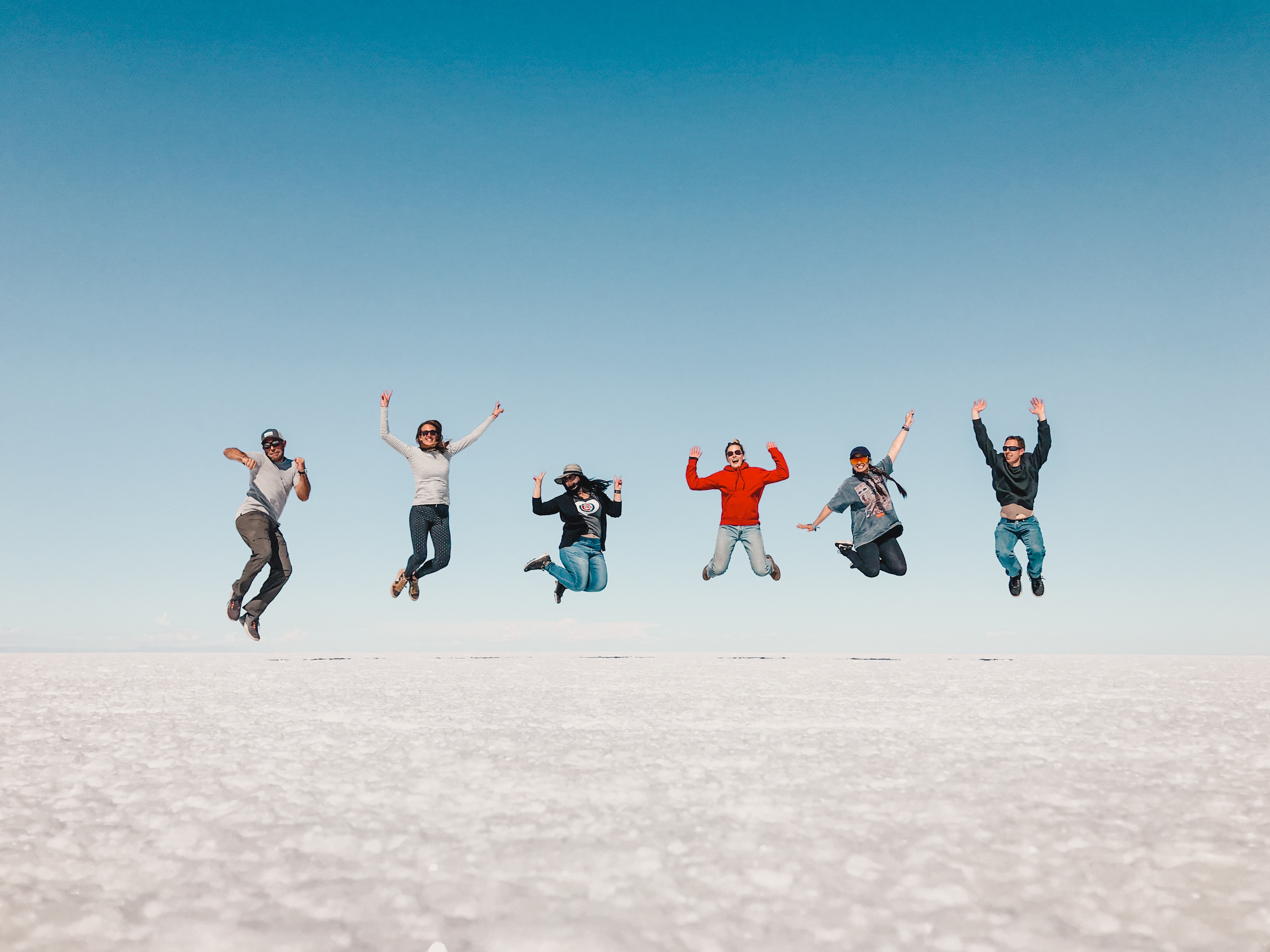
Should I be concerned about safety if I’m travelling solo to Uyuni?
I went to Uyuni as a solo female traveller and I found it to be very safe. There’s nobody else out in the desert or salt flats apart from other tour groups, and the locals you’ll come into contact with are genuinely happy to have you there. Tourism is the main income source for the region, so everyone does all they can to make sure you have a great time. I would take regular precautions – lock your bags if there’s valuables inside, and if you go off exploring on your own, be sure to let someone from your group know where you are going (in case you fall off a rock or something).

Will the be places to charge my phone? What about cell reception?
Your accomodation will generally have facilities to charge your phone and camera, but electricity isn’t always reliable in the remote areas. I’d recommend bringing a portable battery as a precaution so your devices will be ready to go no matter to what. As for phone reception, it will be patchy out in the desert, so tell your loved ones not to expect any message from you while you’re out and about in Uyuni.
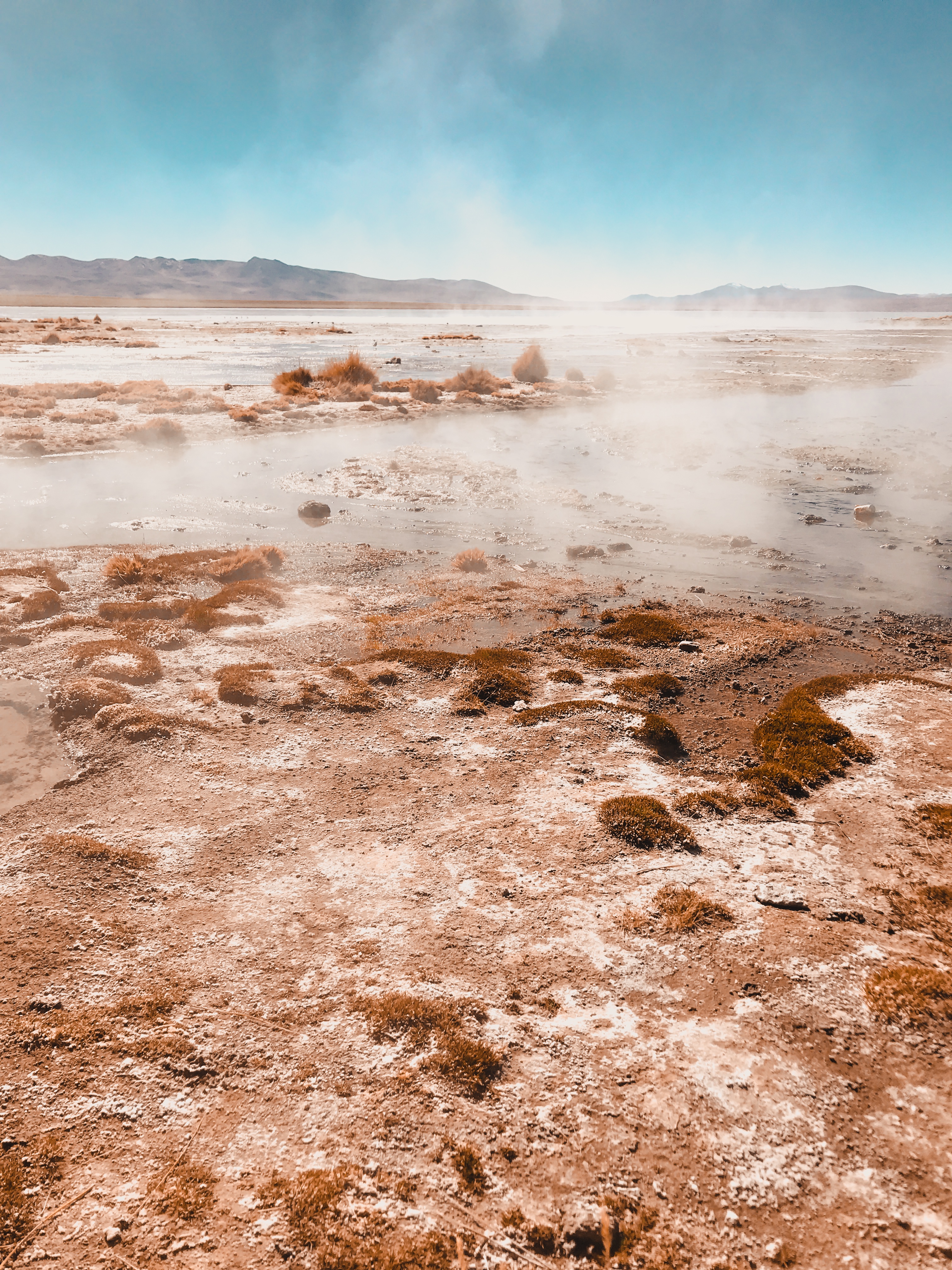
That’s all for the Uyuni questions and answers – my next Uyuni post will cover my Uyuni 3 day/2 night tour itinerary in more detail, so be sure to subscribe so you’ll know when it’s live!
Poppy xoxo
